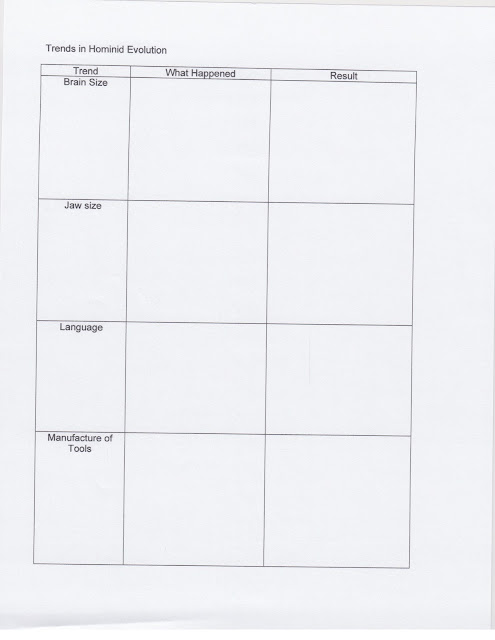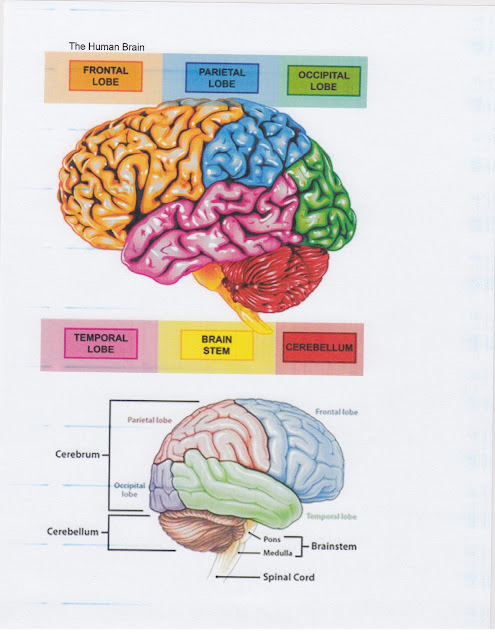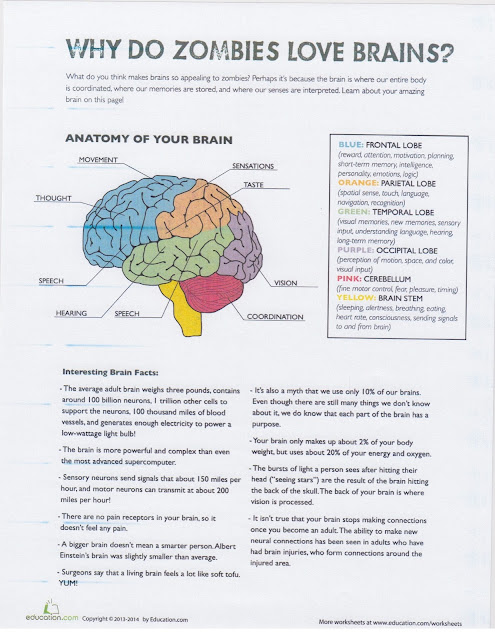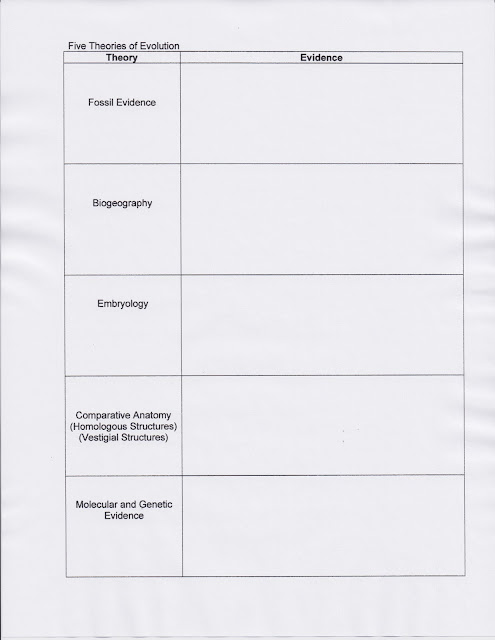ESSENTIAL QUESTION: What factors affect the functioning of the circulatory system?
LEARNING TARGET: Identify factors that affect blood flow and analyze how these factors affect blood flow through the cardiovascular system.
BENCHMARKS: SC.912.L.14.36
LEARNING OBJECTIVES: Students will be able to:
-identify and investigate the general functions of the circulatory system.
-Explain the factors that directly or indirectly affect blood flow.
-Data chat
BELL RINGER - Answer and justify.
Which of the following is NOT true about the first living things?
a. The first living things may have used oxygen.
b. The first living things were prokaryotic.
c. The first living things were unicellular.
b. The first living things were prokaryotic.
c. The first living things were unicellular.
d. The first living things had a cell membrane.
VOCABULARY: myocardium, artery, blood pressure, capillary, circulatory system, heart disease, heart, vein, cardiovascular system, stroke, cholesterol, plasma, viscosity, atrium, ventricle
HOME LEARNING: HL 4 Functions of the circulatory system
AGENDA
WHOLE GROUP
Students answered and justified their answers to the above question for their bell ringer.
Home learning 4 was distributed and explained. As part of the lab, we reviewed the circulatory system. You can find the links below to review the information.
Students were assigned groups so that we could rotate through the 5 stations of the lab:
Station 1 - Blood Pressure and Blood Flow
Station 2 - Effect of Exercise on Blood Flow
Station 3 - Effect of Resistance on Blood Flow
Station 4 - Effect of Blood Viscosity on Blood Flow
Station 5 - Effect of Blood Volume on Blood Flow
We did not have time to write up the lab, but will conclude next class.













